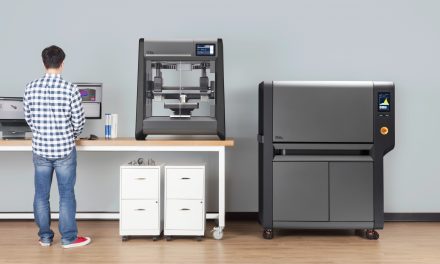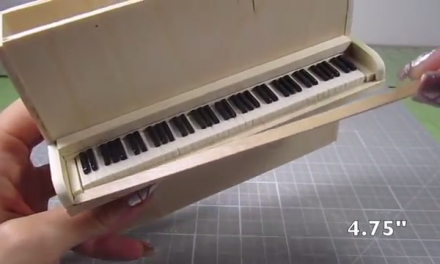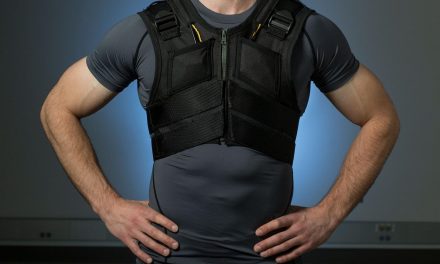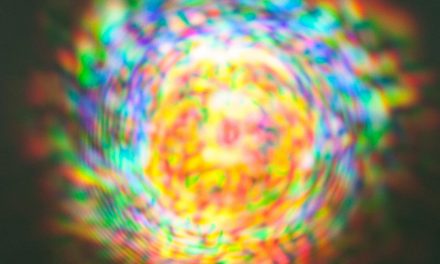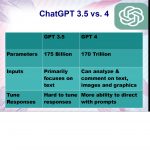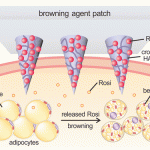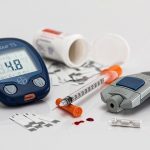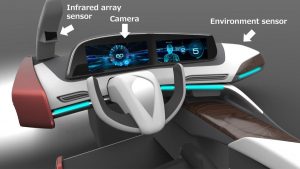
Panasonic Drowsiness Sensor Photo. Credit: Panasonic Corp.
We all have experienced that feeling of fighting to keep our eyes open on long trips. And it means it is time to stop for a while as soon as possible but in the meantime, our driving puts us and others in peril. Well, electronics company Panasonic Corp. has announced it has come out with a new product for automobiles that helps detect and warn drivers if they act drowsy or start falling asleep at the wheel. The new product with 22 patents on file, uses artificial intelligence algorithms designed to analyze facial expressions, the rate of eye blinking and other biological signs like shallow breath via an in-vehicle camera, as well as the environment inside the vehicle to detect and predict if the driver is starting to become too drowsy to drive.
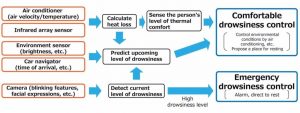
Schema of How Drowsiness Sensor Works. Credit: Panasonic Corp.
Some high-end car models offer a driver alertness system that primarily analyzes the driver’s steering behavior data in order to determine a lack of alertness. Panasonic counters that these systems have difficulty predicting transitions in drowsiness. “Conventional anti-hypnotic stimulant systems use alarm sounds and vibrations to wake up users, which can make them feel uncomfortable,” the supplier said in their press release.
Besides the sophisticated data the in-vehicle camera collects, Panasonic’s calculation of the inside environment is also used to monitor conditions for drowsiness. Panasonic has developed a contactless infrared array sensor technology called Grid-EYE to measure heat loss from a person’s body. The technology calculates elapsed heat loss time and the surrounding brightness, which is measured by Grid-EYE, to help determine a person’s level of drowsiness. Panasonic has calibrated a scale level of drowsiness level from 1 to 5. When a driver’s current drowsiness level is determined to be high, an alarm sound goes off or a command to rest is issued. Panasonic states somewhat ambiguously in the press release that “samples will be available from October 2017.”


